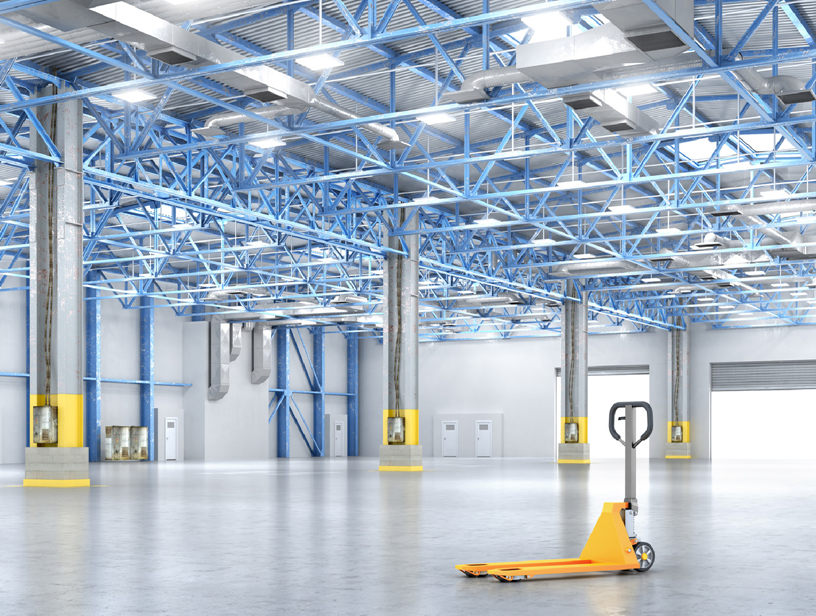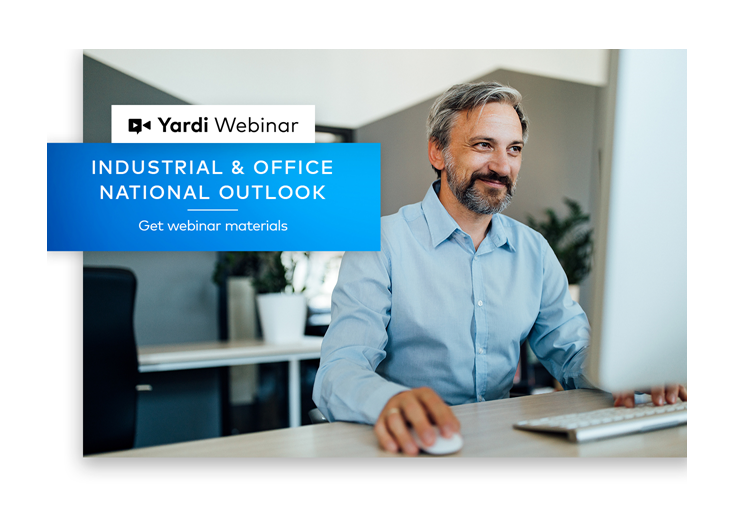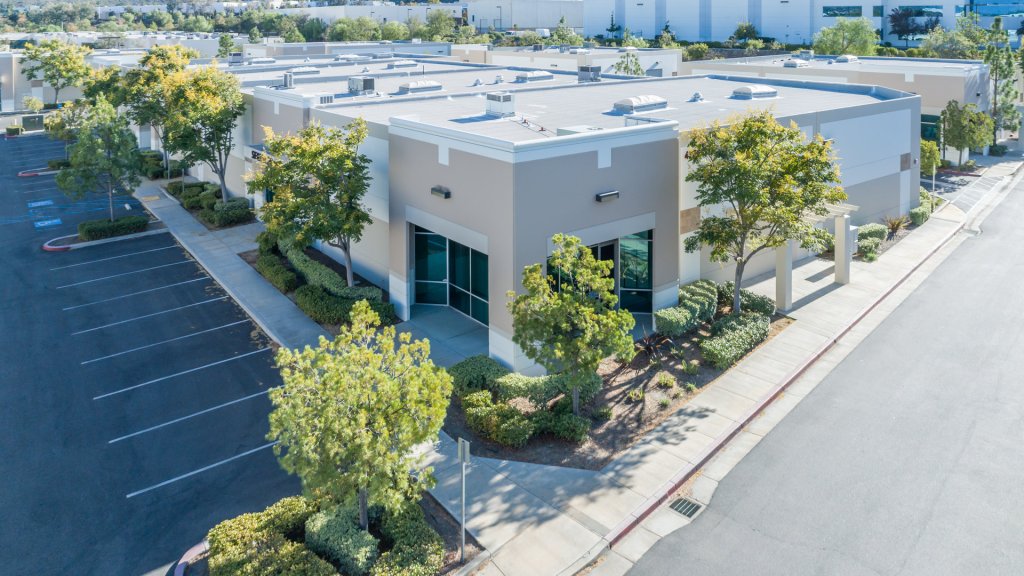Industrial Outlook
Is looking good, says CommercialEdge
It’s a rosy outlook for the newest real estate sector to be featured in a CommercialEdge monthly report. In 2020, the industrial sector was considered the top performer of all major real estate sectors. Industrial rents averaged $6.38 per square foot in December 2020, a 4.8% increase over the last 12 months, according to the […]









